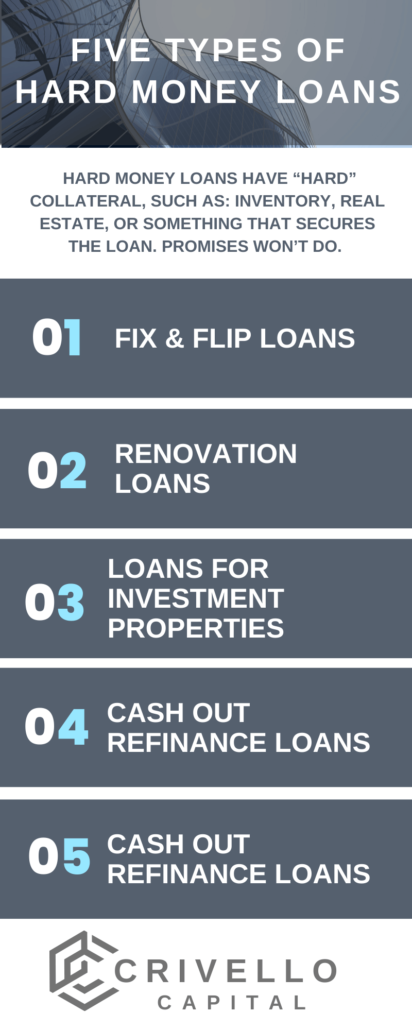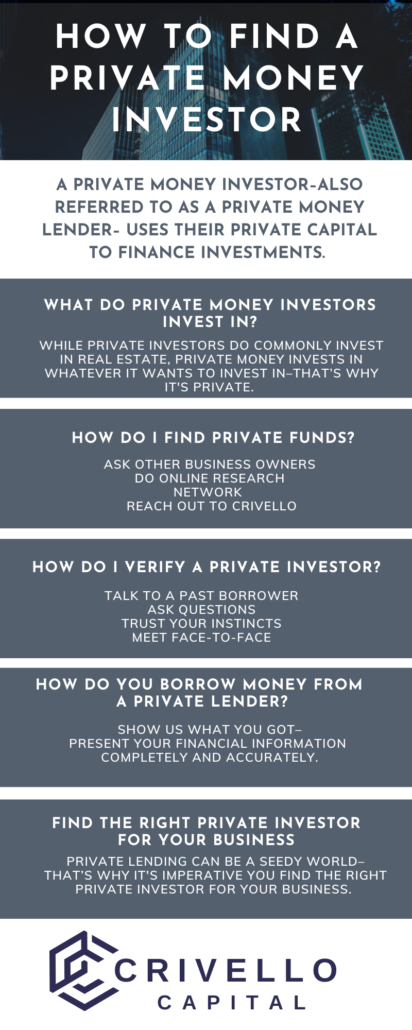In the world of hard money lending, real estate loans are often the go-to. Why? Real estate loans provide the lenders with a physical piece of collateral to keep the loan isn’t repaid.
Hard money loans usually make sense for the lenders but not always the borrowers. Borrowers interested in hard money loans for immediate needs should know exactly what they’re getting into before they decide to proceed with a hard money loan.
What is a Hard Money Loan?
Hard money loans are a type of loan which borrowers secure with real property or “hard” collateral.
Borrowers most often use hard money loans for real estate transactions. Additionally, hard money loans are typically sourced from an individual or investment company, not a bank or other financial institution.
Are Hard Money Loans Reputable?
Hard money lenders are often part of an alternative lending organization and can be reputable.
However, borrowers can protect themselves by looking out for red flags as they venture into the world of alternative lending. These red flags may include:
- Blank spaces in documents
- Prepayment penalties
- Additional services packed into the loan
- Extra-fast closing
Choosing to use alternative lenders means taking the time to carefully understand what your loan terms are and what your capacity is to repay them.
For more information, learn how to avoid predatory lenders, here.
Why Are Hard Money Loans Expensive?
Hard money loans often have quick approval processes and few qualification requirements. These loans get borrowers the money they need when they need it. In addition, lenders do not typically focus as closely on credit scores when approving hard money loans and are therefore more likely to work with borrowers with a poor credit history. Because of this, the lender is taking on more risk.
These benefits don’t come cheap. Hard money loans are often associated with high-interest rates and the risk of the borrower losing the collateral property if they default on the loan.
Common Uses for Hard Money Loans

Fix and Flip Loans
Real estate investors use fix and flip loans to purchase properties, improve them, and sell them at a profit. Borrowers use these loans to support the purchase of the property and in addition to covering associated costs to complete the renovation.
Residential Renovation Loans
Residential renovation loans use a property’s estimated value after renovation instead of its current home value to calculate how much the property owner can borrow. This gives borrowers more credit than if the value is calculated based on the value of the home before the renovations.
Investment Property Loans
Investment property loans help borrowers purchase homes to rent out for extra income or to flip and sell for a profit.
Cash-Out Refinance Loans
A cash-out refinance loan replaces a borrower’s current mortgage with an updated, larger loan. This loan pays the difference between the amount borrowed and what the borrower still owes on the home.
Cash-out refinance loans provide borrowers with a new home loan for more than they currently owe on their house, allowing them to spend more on home improvements, debt consolidation, or other financial obligations.
Types of Hard Money Loans For Businesses with Cash Needs
Commercial Bridge Loans
Borrowers use commercial bridge loans to fund a specific project or immediate opportunity, usually in real estate. These loans typically “bridge the gap” between the borrower needing to meet the financial obligation–for example, purchasing a property– and securing long-term funding.
Commercial Foreclosure Bailout Loans
Commercial foreclosure bailout loans stop foreclosures and pay off the existing mortgage with a new one. These loans can get complicated; we suggest working with a professional or even an attorney when working with commercial foreclosure bailout loans.
Consider Crivello
If you know how hard money lending works but don’t want to go through the stricter process with a conventional alternative lender – we should talk.
Our mission at Crivello Capital is to positively impact communities and the lives of business owners through direct investments, real estate investments, and alternative lending. We focus on clarity, transparency, and a no-nonsense approach to lending and investment. Read about our responsible investments to learn more about us and our principals.



